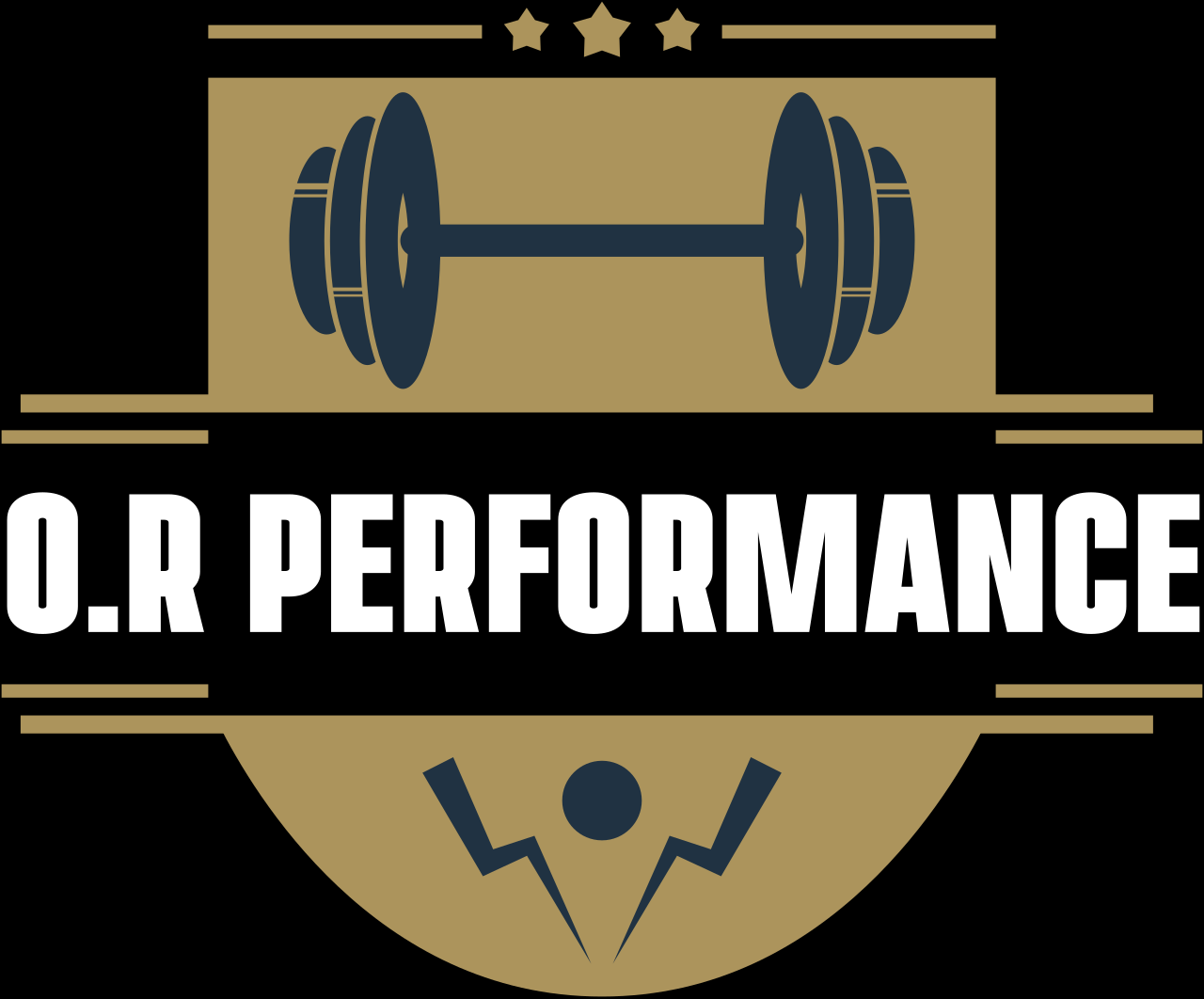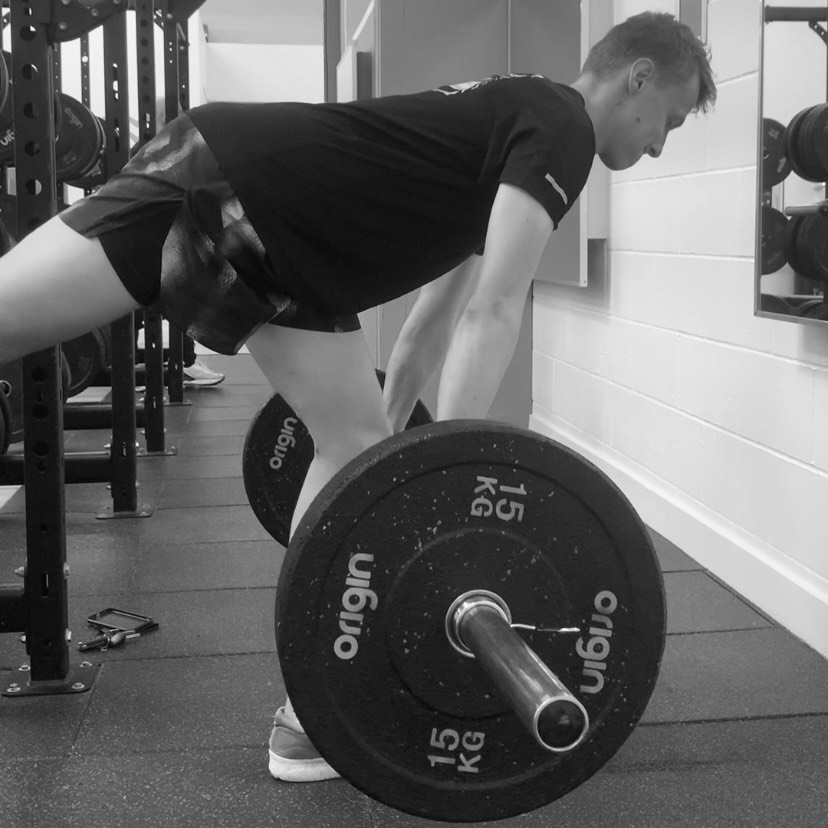Your cart is currently empty!
When introducing S&C into your training a big consideration you want to have is when the best time to do it is. Some people may be fixed to a certain time on a certain day, but it’s still worth evaluating when the best time to train is. For most people, when you do your S&C training will depend almost entirely on the goal of your training block.
The goal of your training block sets out what is important for you to achieve and therefore which sessions need to be done with quality. While there is an reduced impact of strength training when done alongside running, gains can still be made but how you structure it can make a big difference. So when is the best time to strength train?
When is the best time in the season/year?
This answer might not be a surprise but the best time to start your S&C is at the very start of your training block. This way you’re not introducing something new midway through a training block which is likely to fatigue you. A new exercise usually causes more fatigue than exercise you’re used to. It’s best to acclimatise as early as possible if you’re introducing S&C from scratch. Bringing in S&C toward the end of a training block however makes even less sense as you limit the time for it to make an impact to your performance and injury risk.
The most ideal time in the calendar if you’re a road runner would be winter. This way you’re probably going to be doing a lot of your base-building again and this is where you can really periodise your training properly. For more about periodisation head to our other blog on this.
If you’re a cross country runner then this may be late spring to give yourself a break after the season is over. This way similar to road runners you can periodise your training properly and make sure that your S&C is the most beneficial to you at the right time.
When is the best time in the week?
The best time in the week may ultimately come down to your own schedule and when you can fit it in. Doing the session at a less than optimal time will still be better than not doing it at all. As a general rule your strength training should be avoided within 24-48 hours of an intense run. For example a track session, fartlek or hill session. This way you minimise the risk of running hard on sore legs.
A good idea however, would be to pair up your hard runs and your S&C on the same day. It generally takes a few hours to start feeling your muscle soreness from S&C so you can sometimes get away with S&C just before a hard session. Alternatively doing your S&C just after a hard session means that you get a couple of days before your next hard run. This means that you’ll only run relatively easy on sore legs.
In general though as long as you’re not doing S&C on your recovery days or within 48 hours of a hard run session, these will be your best times. For example if you have an intense run on a Wednesday and a Saturday with a recovery day on a Monday and you are trying to fit in two S&C sessions – doing S&C on a Wednesday, Thursday or a Sunday would be ideal.
When is the best time of day?
This again may depend on your own schedule but much like running, the evening will generally slightly better because of your body’s circadian rhythm. Your body temperature is warmer in the evening so your muscles are able to squeeze out a little bit more intensity from your sessions. Your aerobic and anaerobic energy systems will also be able to provide energy more efficiently. However, it can be hard to fit both a run and an S&C session in an evening.
You might have a choice between a run in the morning and S&C in the evening or vice versa. But which one is best? If this is your choice then it will depend on your goals. Whichever session you do first you will have the benefit of bigger energy stores because no session has come before it. So if your goal is to be a stronger and more robust runner, or you’re returning from injury, S&C first would be your ideal. If you want to focus on hitting certain paces in your run and getting a good quality session in to develop your speed better, doing your run first is better.
However, just because this works physiologically, it’s important to know yourself and what impact the time of day you train at has on you. For example if you’re the type of person who feels sluggish if they don’t run early, then run early. It’s sometimes not worth sacrificing your productivity or mood to get a small boost to your training.
Summary
Strength training is an important component to run training and should be included within a programme. Introducing strength training is most ideal at the start of your season. This way you can align your S&C fully with your run training and make sure you are taking full advantage of the injury prevention and performance benefits.
The time when you do your training can impact the quality of that training session as well. If you do your S&C training within 48 hours of a hard run you could leave yourself running sore and not training with a high enough quality. Doing both S&C and your hard runs on the same day can be a way to get around this.
And finally, the evening is the most beneficial time of day to train because of your higher body temperature at this time. This is because yoru energy systems and muscles are able to work more efficiently. But it’s important to tune into your own body and personal circumstances and understand when the best time to train is not just from a scientific point of view.


Leave a Reply